You may have read in late September that the ratio of women receiving Royal Society funding has “plummeted from one in three in 2010 to one in 20 this year.” While the Society also awards the Dorothy Hodgkin Fellowships to early career women researchers, this award exists to boost women’s participation in science, not to augment or mask the issues in the Society’s mainstream Fellowship program.
The Royal Society was silent for a couple of days after its list of fellows list was made public, despite a large outcry by the scientific community on social media and opinion columns in the media. The Society President, Sir Paul Nurse, finally announced an investigation a couple of days after the fact. The question is: why did the Society wait until it was made public to assess their program?
I want to stress that while I’m using the Royal Academy’s Fellowship outcomes as a case study, the issue I am illustrating is the reactionary treatment of gender bias in all fields of Science, Technology, Engineering and Mathematics (STEM). The point here is to tease out institutional patterns and to make the case that institutional approaches are needed to address gender inequality. While this point may seem obvious, the fact is that inequality in science, as with other spheres of social life, is still treated as a surprise. This is because, on the whole, organisations (and society in general) remains reactionary to addressing gender inequality. Diversity is an afterthought, when it should be a proactive and ongoing project at the organisational and societal levels.
This is the first in a series of articles I’m writing on why the scientific community, inclusive of various disciplines, needs to re-examine its position on the problem of inequality in STEM. The picture I am building up is one of methodological rigour and interdisciplinary collaboration in order to better work towards gender inclusion.
Continue reading Science Fellowships and Institutional Gender Bias in STEM
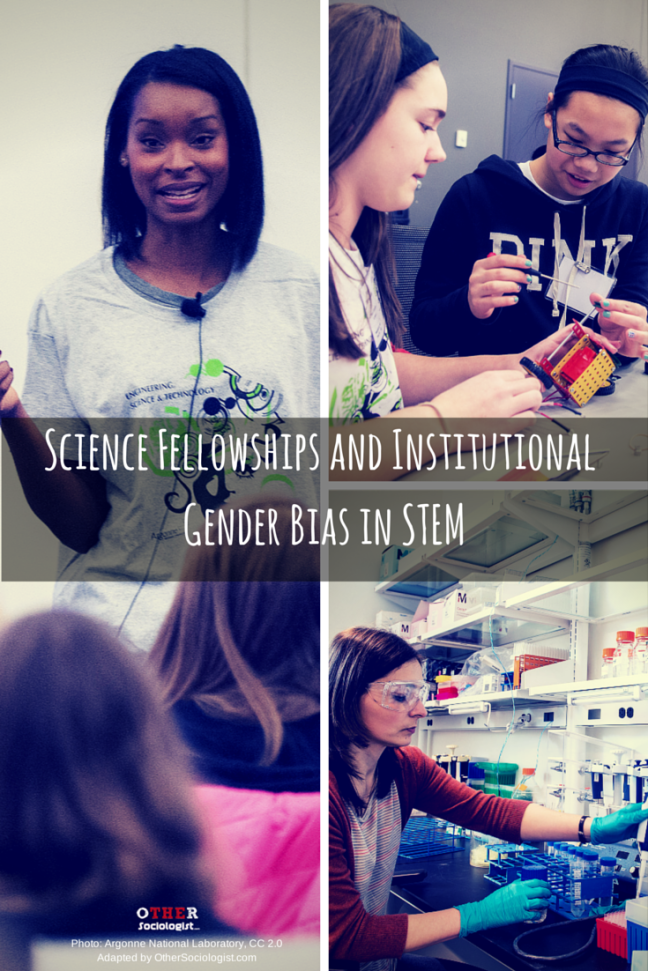
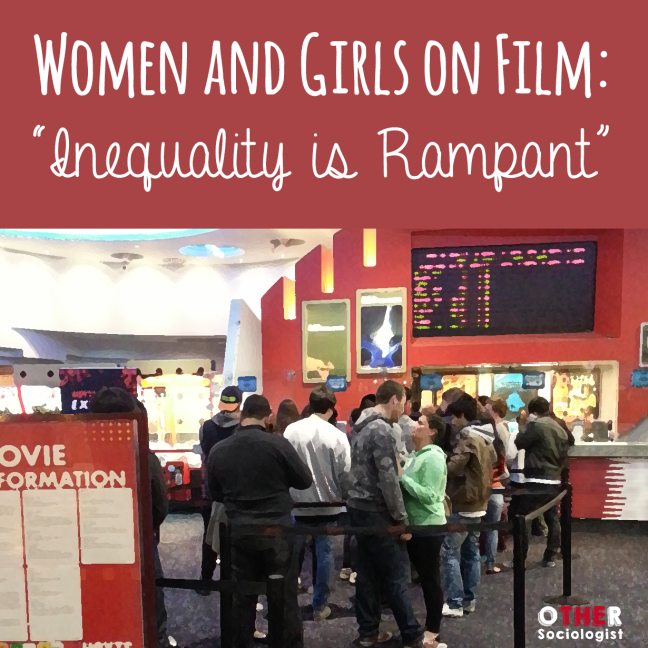
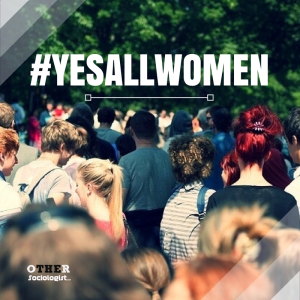
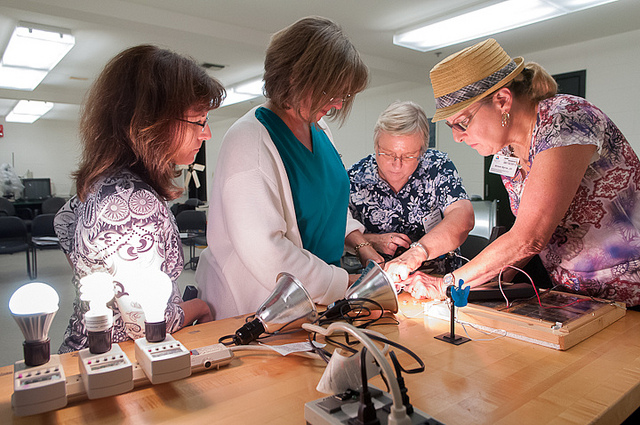
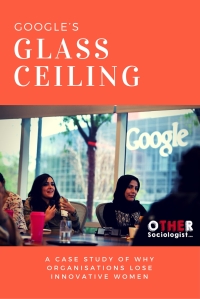 By Zuleyka Zevallos
By Zuleyka Zevallos